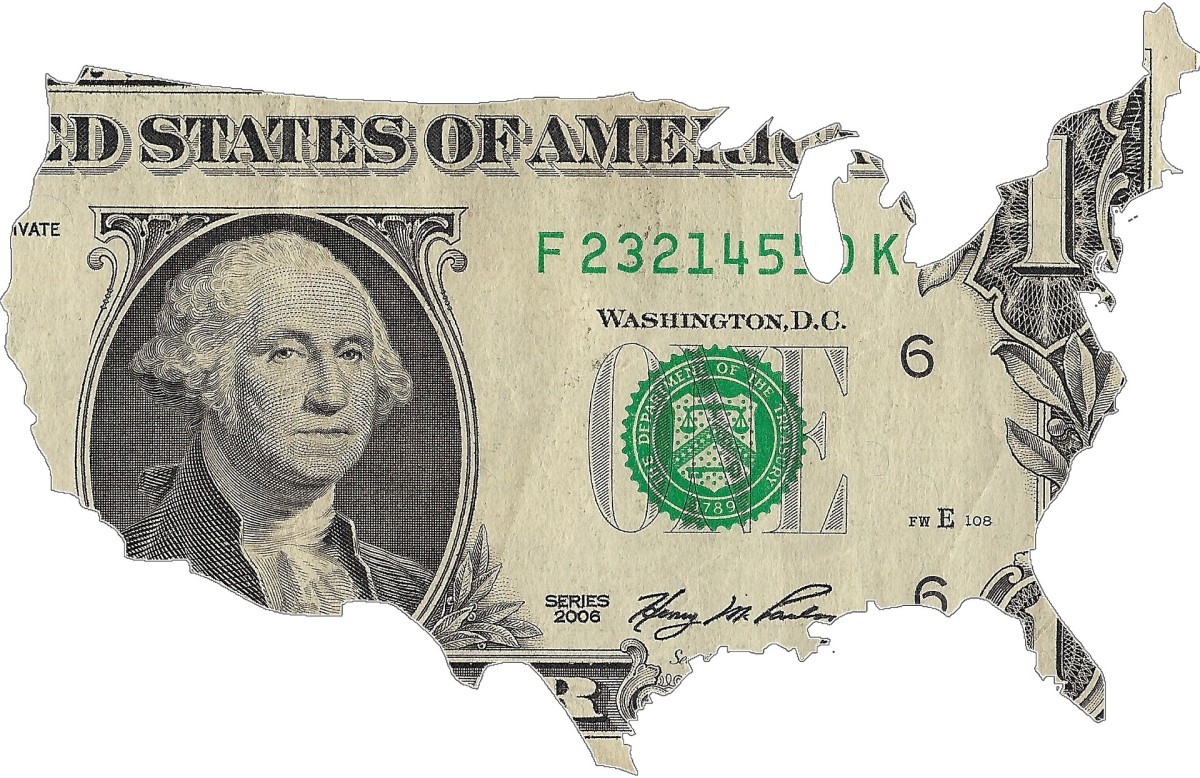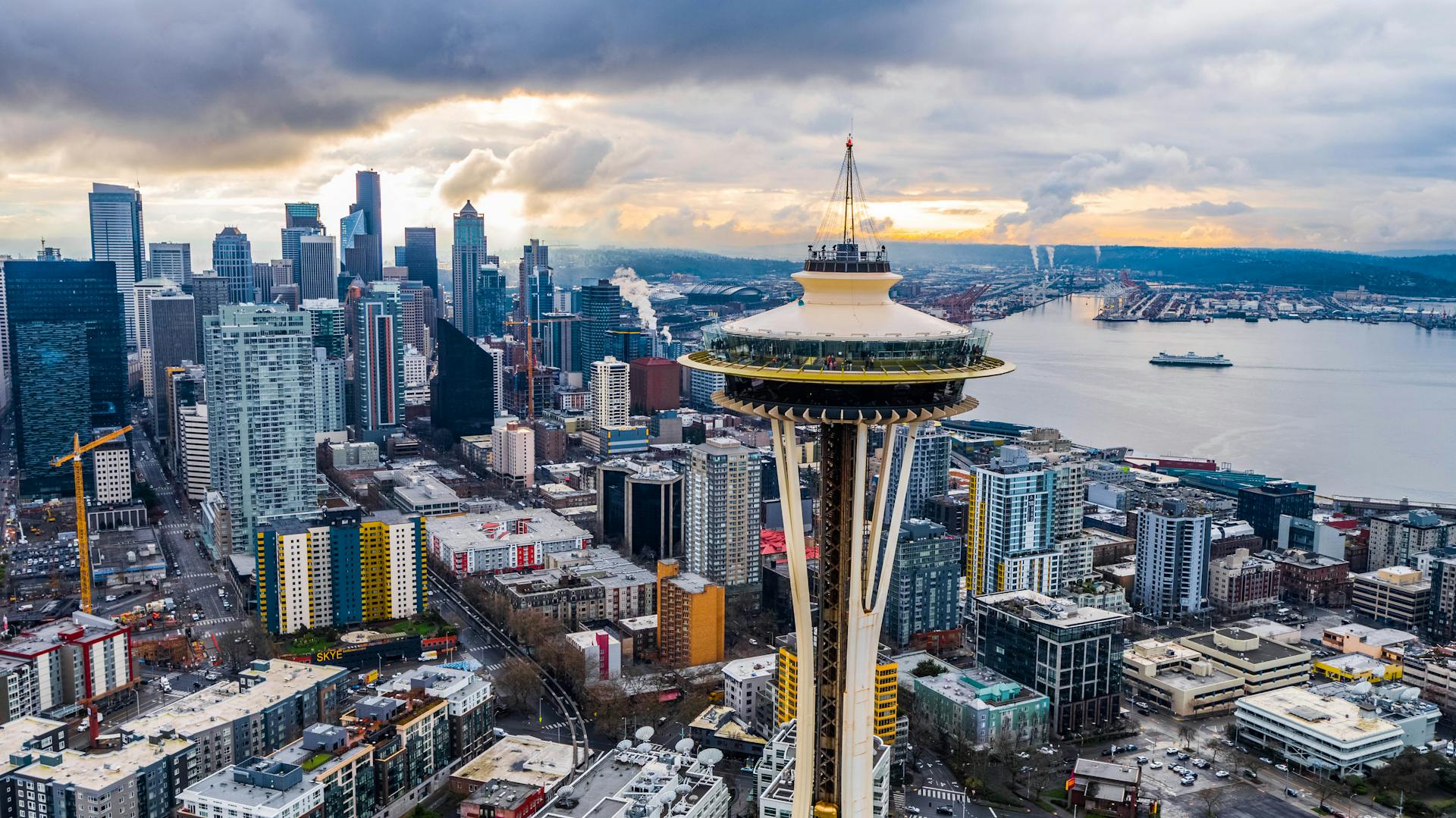U.S. News
21 States Raise Minimum Wage in January: The Highest Rate Is Not in California or New York
By Jake Beardslee · January 8, 2025

Here’s a closer look at each state that saw an increase and the context behind these changes. Tumisu / Pixabay

Alaska: $11.91
Alaska’s modest minimum wage increase reflects the state’s unique challenges, including a high cost of living in remote areas. The change ensures workers can better meet basic needs in a state where goods and services are often significantly more expensive due to transportation costs. Skitterphoto / Pexels
Arizona: $14.70
Arizona’s rise to $14.70 per hour is part of a broader effort to address the growing cost of living in cities like Phoenix. The state also allows localities, such as Flagstaff, to set higher wages, with Flagstaff’s minimum wage now at $17.85. Andrea Piacquadio / Pexels
California: $16.50
While California’s minimum wage remains among the highest nationwide, it’s surpassed by Washington state. With a booming economy but steep housing costs, the increase provides some relief to workers in industries like hospitality and retail. Norma Mortenson / Pexels
Colorado: $14.81
Colorado’s minimum wage aligns with its progressive policies on workers’ rights. Cities like Denver often lead the charge for wage increases to match the state’s rising housing prices and urban living expenses. Sora Shimazaki / Pexels
Connecticut: $16.35
Connecticut’s minimum wage hike comes as part of a phased increase legislated years ago. Despite its affluent reputation, many workers in the service sector rely on these raises to keep up with costs in the densely populated state. Sora Shimazaki / Pexels
Delaware: $15
Delaware’s jump to $15 per hour aligns with regional trends on the East Coast. The state’s small size and proximity to major metro areas create economic conditions where wage growth is crucial to retain workers. Andrea Piacquadio / Pexels
Illinois: $15
In Illinois, the $15 minimum wage is particularly impactful in Chicago, where living costs have surged. State leaders hope the increase will help narrow the wealth gap in one of the country’s largest metropolitan areas. Tim Douglas / Pexels
Maine: $14.65
Maine’s economy is heavily reliant on tourism and seasonal work. The higher wage aims to provide stability to workers in these industries, many of whom face long periods of unemployment during the off-season. Alex Hill / Pexels
Michigan: $10.56
Michigan’s increase is among the lowest on this list, reflecting economic challenges in the state. While Detroit has seen revitalization, rural areas struggle with stagnant wages, and this modest raise is a step forward. Pavel Danilyuk / Pexels
Minnesota: $11.13
Minnesota’s minimum wage increase targets smaller businesses and non-urban areas. However, larger cities like Minneapolis often have higher local minimum wages to reflect urban living costs. Marcus Aurelius / Pexels
Missouri: $13.75
Missouri’s increase is part of a voter-approved initiative aimed at ensuring fair wages for workers in a state with significant economic disparities between urban and rural areas. Tim Douglas / Pexels
Montana: $10.55
Montana’s low population density and reliance on industries like agriculture mean its wage increases are smaller. However, the state’s leadership aims to make steady progress in addressing wage stagnation. Tom Fisk / Pexels
Nebraska: $13.50
Nebraska’s wage hike reflects a broader push to attract and retain workers in a competitive labor market, especially in industries like manufacturing and logistics. Kateryna Babaieva / Pexels
New Jersey: $15.49
With its proximity to New York City, New Jersey’s minimum wage increase is crucial for workers facing high living costs in suburban and urban areas alike. Sora Shimazaki / Pexels
New York: $15.50 to $16.50
New York’s minimum wage varies by region, with New York City and surrounding areas seeing the highest rates. These changes aim to address significant cost-of-living differences within the state. Vlada Karpovich / Pexels
Ohio: $10.70
Ohio’s modest increase reflects the state’s gradual approach to wage hikes, ensuring businesses in smaller towns and cities can adapt without major disruptions. Leah Newhouse / Pexels
Rhode Island: $15
Rhode Island’s minimum wage aligns with other states in the Northeast, reflecting the region’s higher costs of living and efforts to support its service-based economy. cottonbro studio / Pexels
South Dakota: $11.50
South Dakota’s wage increase is notable for a state with a relatively low cost of living. The change benefits workers in industries like tourism and agriculture. Samuel Karle / Pexels
Vermont: $14.01
Vermont’s progressive stance on workers’ rights is evident in its minimum wage increase, which helps offset the state’s high housing and utility costs. Andrea Piacquadio / Pexels
Virginia: $12.41
Virginia’s minimum wage is part of a phased increase targeting economic disparities across the state. Northern Virginia, with its proximity to Washington, D.C., often sees additional local adjustments. Canva Studio / Pexels